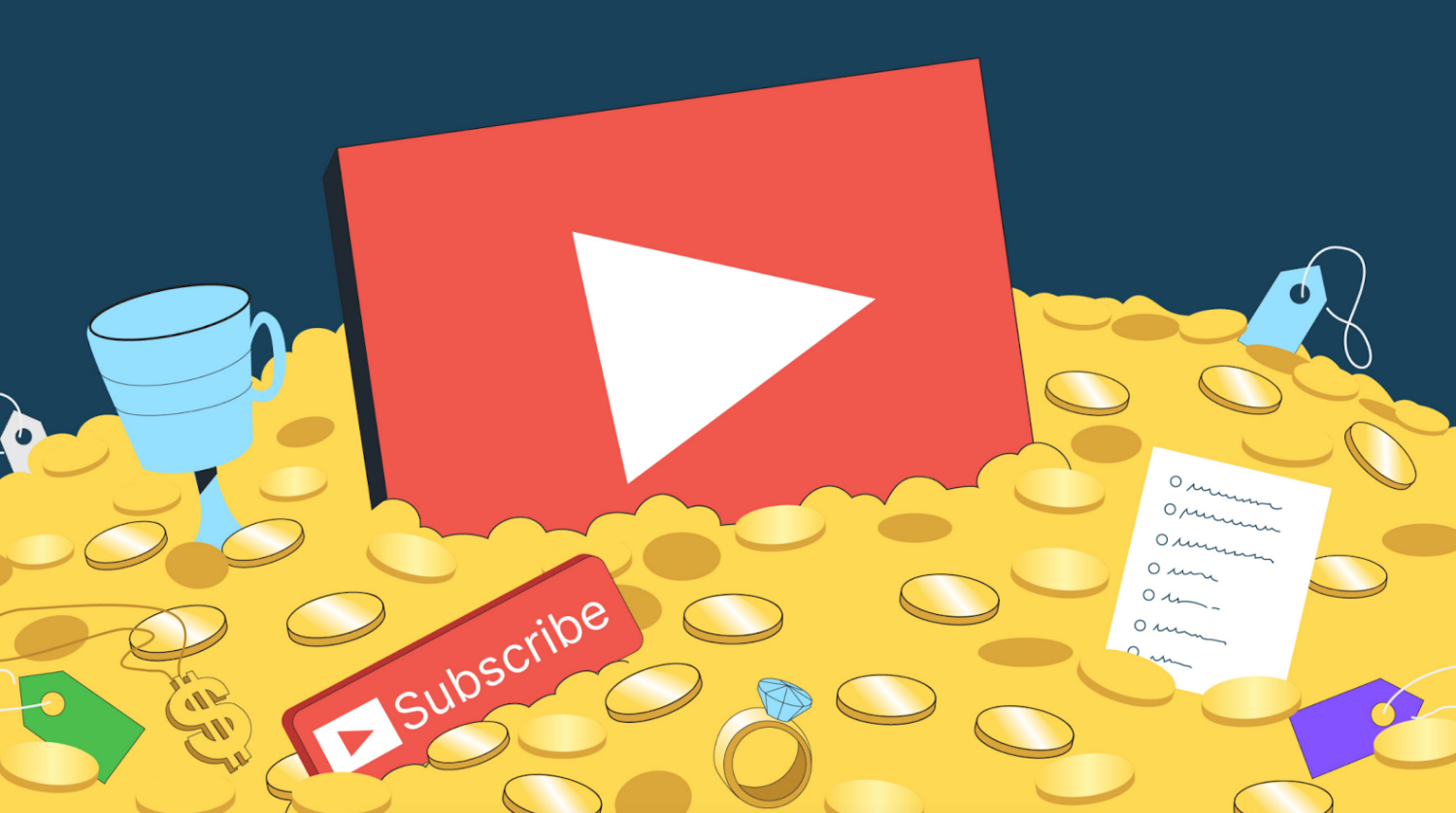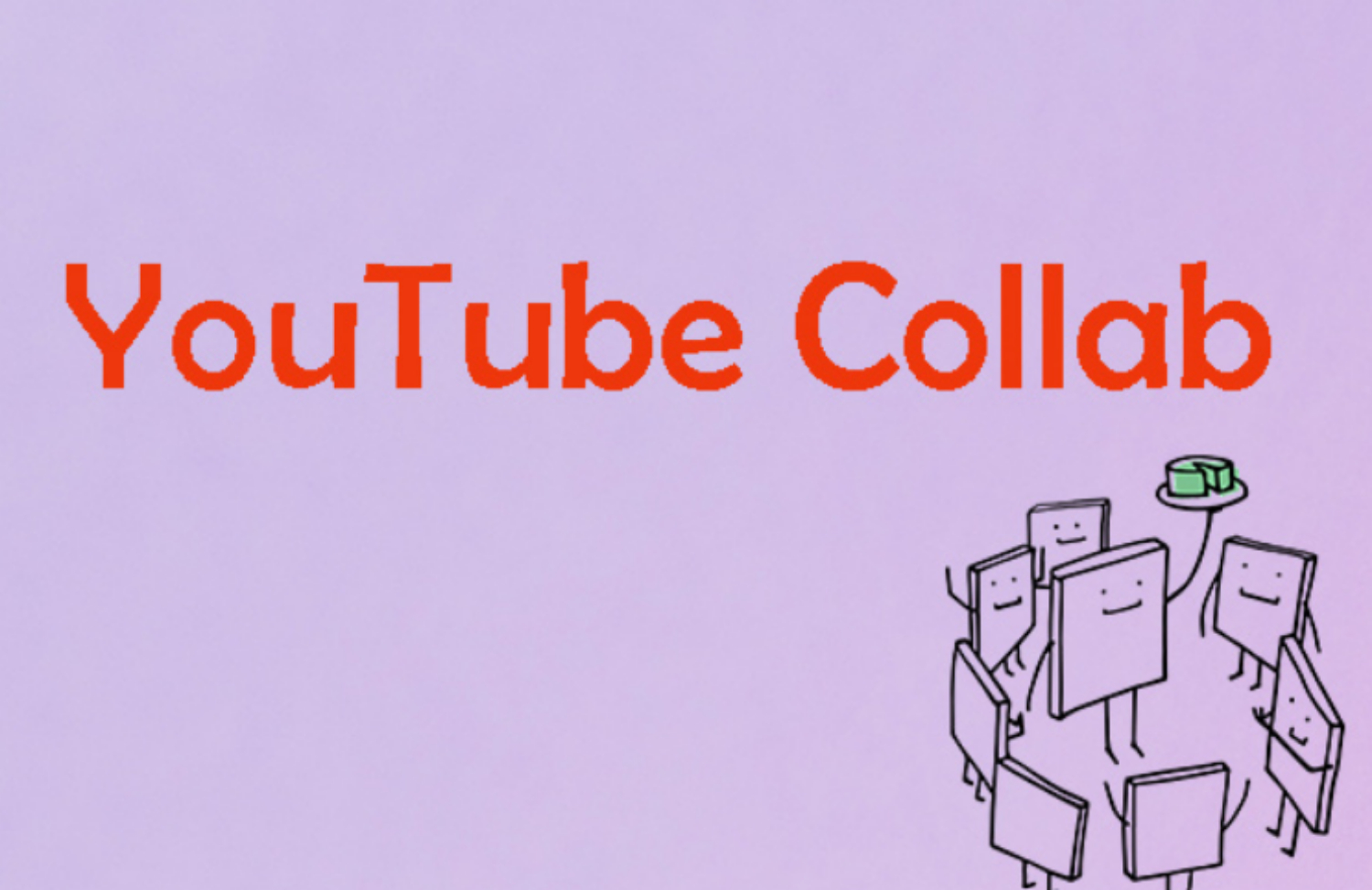Curious about the earning potential of YouTube streamers? Wondering how much money the top earners in this digital realm make? Look no further! In this article, we’ll delve into the fascinating world of YouTube streaming and uncover the financial rewards that await successful content creators.
Discover how much do youtube streamers make as we uncover the exact figures behind the earnings of successful content creators. From advertising revenue to brand partnerships and merchandise sales, we’ll reveal the various income streams contributing to their impressive earnings.
Discover the factors contributing to a streamer’s income, including ad revenue, brand partnerships, and fan support. Gain valuable insights into the top-earning streamers and learn their strategies to monetize their channels effectively.
Whether you’re an aspiring content creator or simply curious about the financial side of YouTube streaming, this article will equip you with the knowledge you need to navigate this exciting online industry.
See also: How Much Do YouTube Editors Make?
How Much Do YouTube Streamers Make? Understanding Revenue Streams
YouTube generates revenue through several streams. The primary source is advertising, where content creators earn a share of the ad revenue based on views and engagement. Ads might appear before, during, or after videos. YouTube also offers premium subscriptions like YouTube Premium, which removes ads and provides access to exclusive content.
Another income stream is YouTube Red, a subscription service offering premium features. Channel memberships, in which viewers pay a monthly fee for unique advantages, are another way for content creators to make money. YouTube also includes a merchandising shelf option that allows producers to sell branded merchandise directly on their channel. YouTube’s revenue comes from advertising, subscriptions, channel memberships, and merchandise sales.
Factors Influencing YouTube Streamers’ Earnings
Some factors that influence YouTube streamers’ earnings are:
Subscriber base
The size and engagement of a streamer’s subscriber base directly impact their earnings. More subscribers mean more potential viewers and higher ad revenue.
Views and watch time
Higher views and longer watch times generate more ad impressions and ad revenue. It significantly affects how much do youtube streamers make per stream. Attracting and maintaining viewers requires engaging and appealing content.
Ad formats
Different ad formats, such as skippable or display ads, offer varying revenue levels. Streamers who optimize their content for maximum ad visibility can earn more.
Monetization methods
Beyond ad revenue, streamers can earn through sponsorships, merchandise sales, donations, and memberships. Diversifying income streams can boost earnings.
Target audience and niche
Streamers catering to a specific niche or appealing to a particular demographic can attract more dedicated viewers and potential sponsors, resulting in higher earning potential. Recognizing and speaking to the target audience is crucial.
Top YouTube Streamers and Their Earnings
| Youtuber | Niche | No. of Views | Annual Income for the YouTuber |
|---|---|---|---|
| Mr. Beast-Jimmy Donaldson | Singer | 23.9 billion | 54 million |
| Jake Paul | Fitness and Music | 7.2 billion | 45 million |
| Markiplier-Mark Fischbach | Animation and gaming | 19.8 billion | 38 million |
| Rhett and Link | Food and drinks | 947 million | 30 million |
| Unspeakable | Gaming and Humor | 8.5 billion | 28.5 million |
| Nastya-Anastasia Radzinskaya | Toys | 88.7 billion | 28 million |
| Ryan Kaji | Toys and Animation | 54.3 billion | 27 million |
| Dude Perfect | Comedy and Sports | 15.7 billion | 20 million |
| Logan Paul | Fitness and Gym | 5.9 billion | 18 million |
| Preston Arsement | Gaming | 7.7 billion | 16 million |
Source: DemandSage
Challenges and Controversies in YouTube Streaming Earnings
One major challenge is the complex and opaque monetization system. Content creators rely on ad revenue, but YouTube’s algorithm and placement policies are often unclear. They can result in demonetization or limited monetization for specific videos, causing financial instability for creators.
Another controversy revolves around the issue of demonetization and content censorship. YouTube’s automated systems and community guidelines have been criticized for demonetizing videos without clear reasons or for subjective reasons, stifling creative expression, and limiting income potential. It has sparked debates about freedom of speech and the power of platform moderation.
Moreover, the YouTube Partner Program’s eligibility requirements and monetization thresholds have been frustrating. Small creators struggle to reach the threshold for monetization, making it difficult to earn income from their content.
Additionally, concerns have been raised about the apocalypse phenomenon, where significant advertisers pull their ads from YouTube due to concerns over brand safety. It reduces the pool of available ads, impacting ad revenue for creators.
See also, How to Use YouTube for Marketing? 8 Amazing Ways
Strategies for Increasing YouTube Streaming Earnings
Some strategies for increasing youtube streaming earnings are:
Quality Content
Make valuable, worthwhile films that your audience will enjoy. Concentrate on your area of expertise and provide unique material. Quality content has a significant influence on how much do youtube streamers make per video.
Audience Interaction
Foster a strong connection with your audience by responding to comments, conducting live chats, and engaging in discussions. Encourage viewers to subscribe, like, and spread your channel.
SEO Optimization
Optimize video elements with relevant keywords for better visibility. Your videos will rank greater in search results, draw more organic visitors, and have a higher chance of earning money.
Monetization Options
Explore different monetization options such as enabling ads, joining the YouTube Partner Program, and utilizing merchandise shelves, channel memberships, and super chat features. Diversify your income streams to maximize earnings.
Promotion and Collaboration
Promote your videos on social media platforms, forums, and relevant communities to reach a wider audience. Collaborate with other YouTubers or influencers to broaden your reach and tap into their existing following base.
See also, What is the Average CPM for YouTube? Make Money
FAQs
Are all YouTube streamers able to make a significant income?
No, not all YouTube streamers make a significant income. Earnings may differ significantly based on elements, including channel popularity, content standard, and monetization tactics.
Can YouTube streamers make a living solely from their channel?
Yes, some successful YouTube streamers can make a comfortable living solely from their channel, but it largely depends on their viewership, engagement, and monetization strategies.
Are there any additional revenue sources for YouTube streamers?
Yes, YouTube streamers can also generate income from affiliate marketing, crowdfunding platforms like Patreon, and participating in events or collaborations.
How much do smaller YouTube streamers typically earn?
Earnings can vary widely for smaller YouTube streamers, but many factors come into play, such as audience size, niche, ad rates, and monetization strategies. Some folks have the potential to earn a monthly income that varies from a few hundred to several thousand dollars.
Are YouTube streamers taxed on their earnings?
Yes, YouTube streamers are generally responsible for paying taxes on their earnings, and they should consult with a tax professional to make sure compliance with local tax laws.
If you didn’t know, now you do
The world of YouTube streaming has proven to be an incredibly lucrative venture for a select few. The top earners in this industry have achieved staggering levels of success, amassing substantial fortunes through their content creation and dedicated fan bases.
However, it’s important to note that these exceptional cases represent only a fraction of the overall YouTube streamer population, highlighting the challenges and competitiveness of this field.









